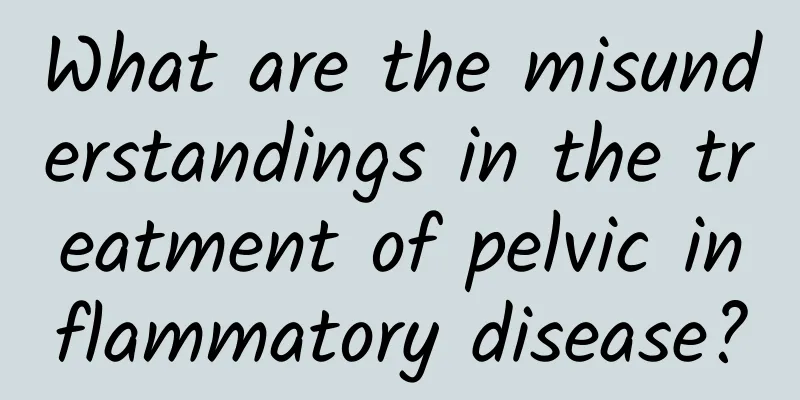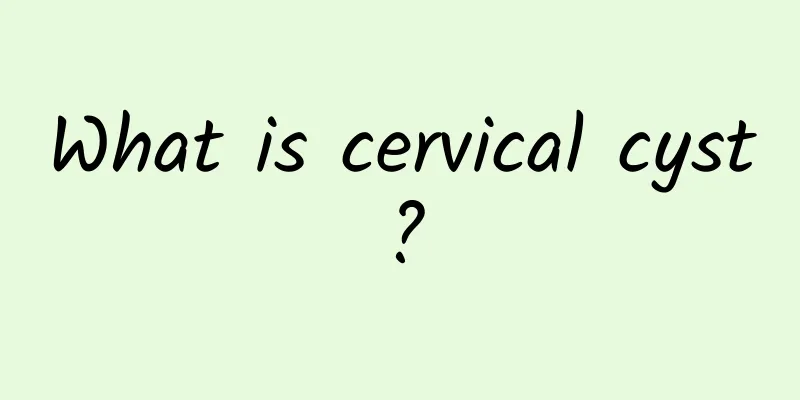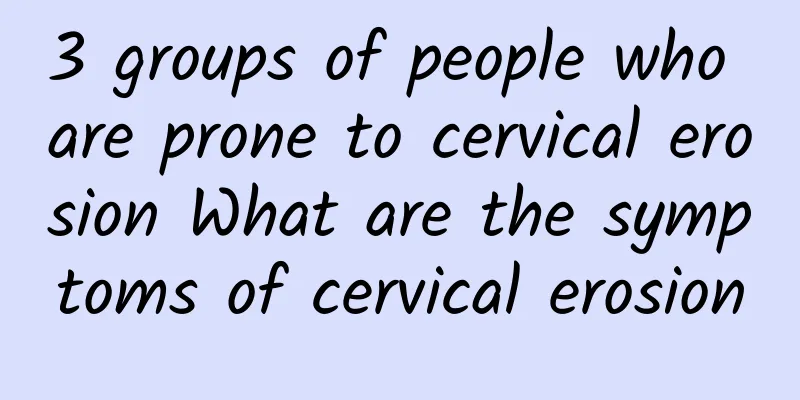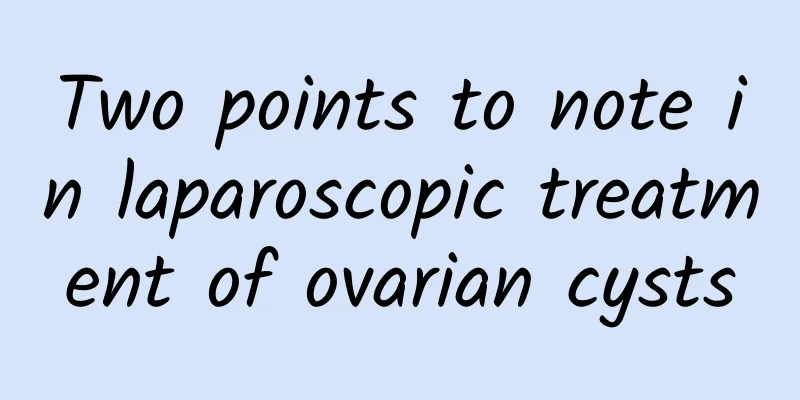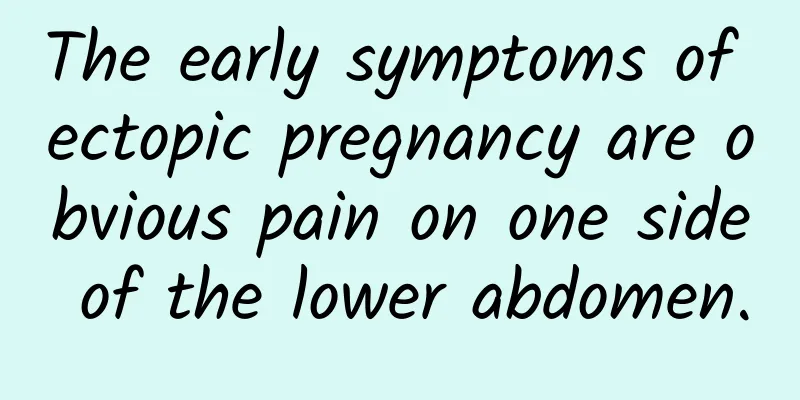The harm of uterine fibroids
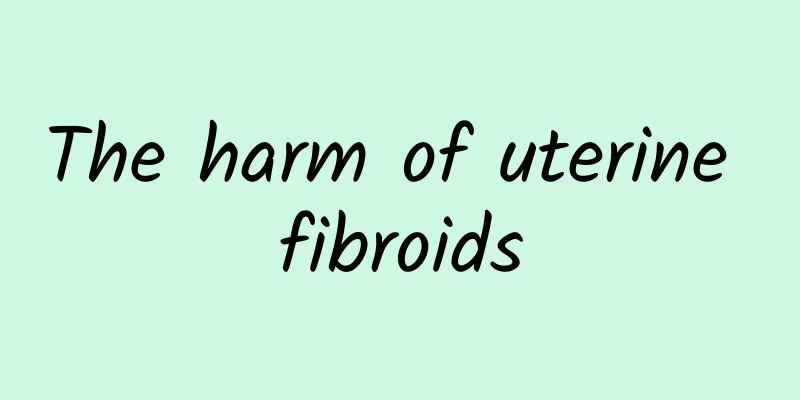
|
Uterine fibroids are a common gynecological disease. Although they are benign tumors, they still have a great impact on human health. Let's take a look at the hazards of uterine fibroids. The hazards of uterine fibroids are as follows: 1. Infection and suppuration. Uterine fibroids can cause pelvic congestion and infection. The infection is mostly caused by the torsion of the tumor pedicle, while blood-borne infection is extremely rare. After infection, a few patients will form abscesses in the tumor tissue, while the rest will show suppuration. 2. Adhesion or inflammation. After the subserosal uterine fibroid pedicle is twisted, intestinal adhesion will occur, which will be infected by intestinal bacteria. The inflamed fibroid will adhere to the uterine appendages, causing suppurative inflammation. On the other hand, fibroids can also cause pathogenic bacteria to invade other uterine organs due to bleeding, causing gynecological inflammation such as adnexitis and pelvic inflammatory disease. 3. Free myoma. Subserosal uterine myoma can twist at the pedicle, causing acute abdominal pain. In severe cases, if surgical treatment is not performed immediately, the pedicle may be broken and a free myoma may be formed. Of course, the twisted myoma can also drive the entire uterus, causing axial torsion of the uterus (mostly near the internal opening of the cervical canal). 4. Secondary anemia. Uterine fibroids can cause excessive menstrual bleeding. Over time, it can cause secondary anemia and even anemic heart disease. In severe cases, patients may experience general fatigue, pale complexion, palpitations, and shortness of breath. 5. Infertility or miscarriage. Uterine fibroids patients suffer from infertility due to the compression of fallopian tube entrance by fibroid tissue in the uterine cornu, which causes the uterus to deform and hinders the implantation of fertilized eggs. In addition, statistics show that the spontaneous abortion rate of fibroid patients is also higher than that of ordinary people, with a ratio of 4:1. 6. Malignant changes. Uterine fibroids are benign tumors, but a small number of women still cannot escape the risk of malignant changes (the malignant change rate is about 1%), which is particularly prominent in older women. Therefore, those with rapidly growing fibroids or postmenopausal fibroids should be vigilant. 7. Torsion. Subserosal fibroids can twist at the pedicle, causing acute abdominal pain. If the pedicle is severely twisted and surgery is not performed immediately or it cannot be turned back by itself, the pedicle may be broken and a free fibroid may be formed, as mentioned above. The twisted fibroid can also drive the entire uterus, causing axial torsion of the uterus. The site of uterine torsion is mostly near the internal opening of the cervical canal, but this situation rarely occurs. It is mostly caused by a larger subserosal fibroid attached to the bottom of the uterus and the cervical canal is relatively slender. The symptoms and signs are similar to those of ovarian cyst pedicle torsion, except that the mass is harder. 8. Uterine fibroids combined with uterine body cancer. Uterine fibroids combined with uterine body cancer accounted for 2%, which is much higher than uterine fibroids combined with cervical cancer. Therefore, menopausal patients with uterine fibroids and persistent uterine bleeding should be alert to the presence of endometrial cancer. Before confirming treatment, a diagnostic curettage should be performed. 9. Concurrent gynecological inflammation. Patients with uterine fibroids will experience symptoms of menstrual changes, such as increased menstrual flow and prolonged menstrual periods. Irregular bleeding can lead to pathogenic bacteria invasion, causing gynecological inflammation such as adnexitis and pelvic inflammatory disease. Uterine fibroids: http://www..com.cn/fuke/zgjl/ |
<<: Symptoms of uterine fibroids
>>: What should I pay attention to after painless abortion?
Recommend
Why can you get pelvic inflammatory disease even if you don't have sex?
Pelvic inflammatory disease is a gynecological di...
Increased vaginal discharge is a common clinical manifestation of cervical erosion
With the development of society, women are under ...
Does female cervical erosion affect the fetus? Does female cervical erosion need treatment?
Some pregnant women find out that they have cervi...
Common symptoms of uterine fibroids The main manifestations of uterine fibroids
Only by knowing the symptoms of uterine fibroids ...
Analysis of common treatment methods for ectopic pregnancy
According to the survey, although there are many ...
Do you know what causes adnexitis?
Do you know what causes adnexitis? Adnexitis is a...
Home fitness exercises are popular for epidemic prevention! Online recommendation: These exercises can sculpt your body and lose weight
Affected by the epidemic, some people have doubts...
Long-term poor diet structure can induce the cause of ovarian cysts
Many women do not understand the cause of ovarian...
Can uterine cysts be eliminated by taking medicine? Will they recur?
Uterine cysts can be eliminated with medication i...
Why do women experience threatened miscarriage?
For women, ten months of pregnancy is very hard, ...
How to treat irregular menstruation? Is delayed menstruation a symptom of irregular menstruation?
What should I do if I have irregular menstruation...
What are the uncomfortable symptoms of cervical erosion
Cervical erosion is a common gynecological diseas...
Can I get pregnant with adenomyosis?
Patients with adenomyosis can become pregnant, an...
A brief discussion on the diagnostic criteria of vaginitis
Vaginitis is a common gynecological inflammation ...
Will body temperature rise during menopause? What are the other symptoms?
Menopause is a necessary process for women. Gener...
